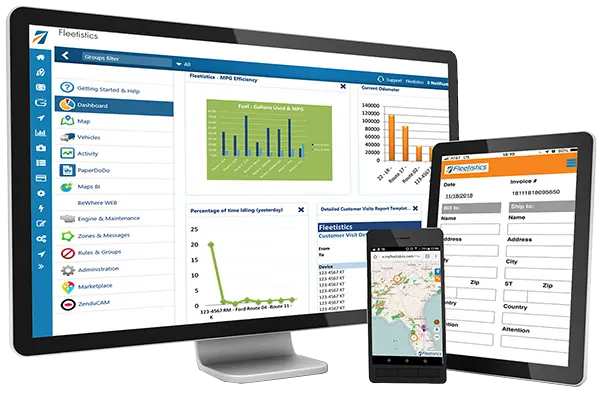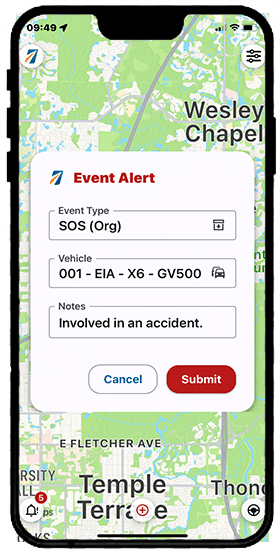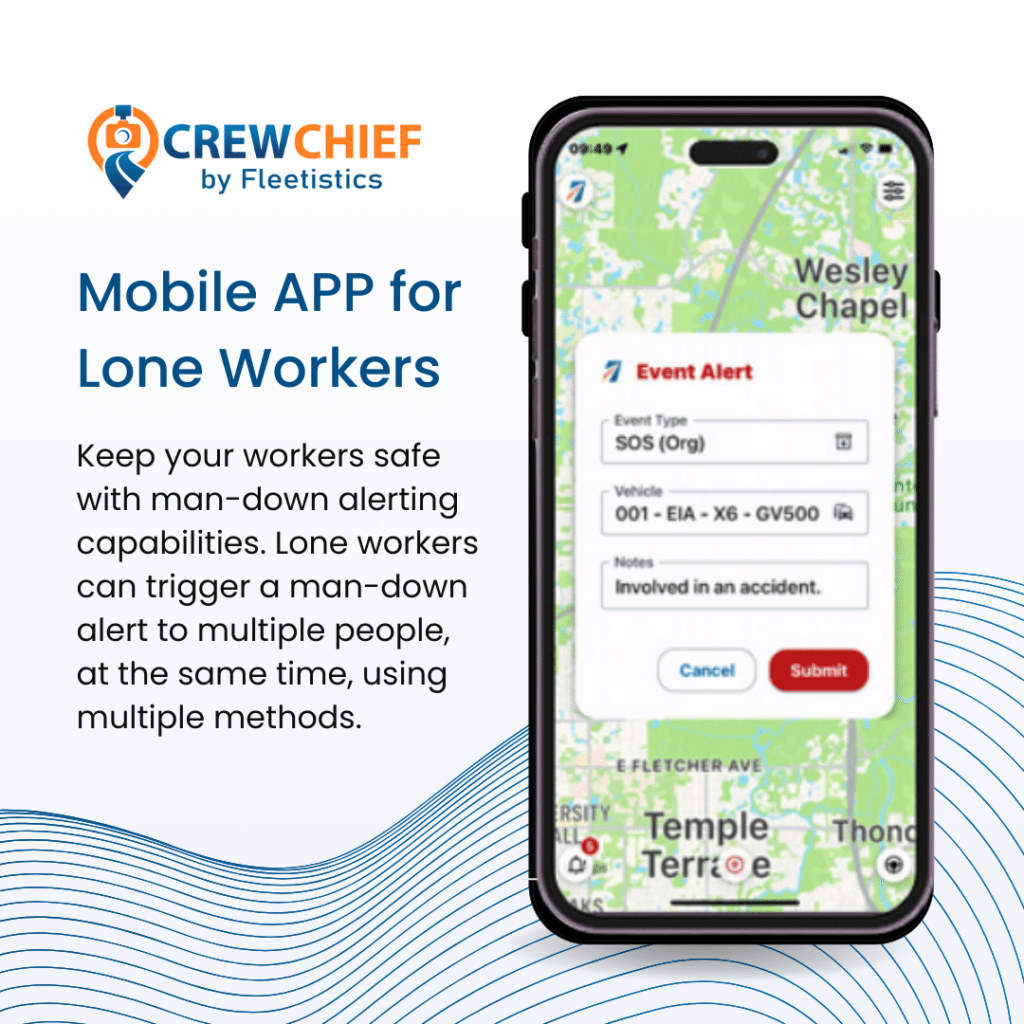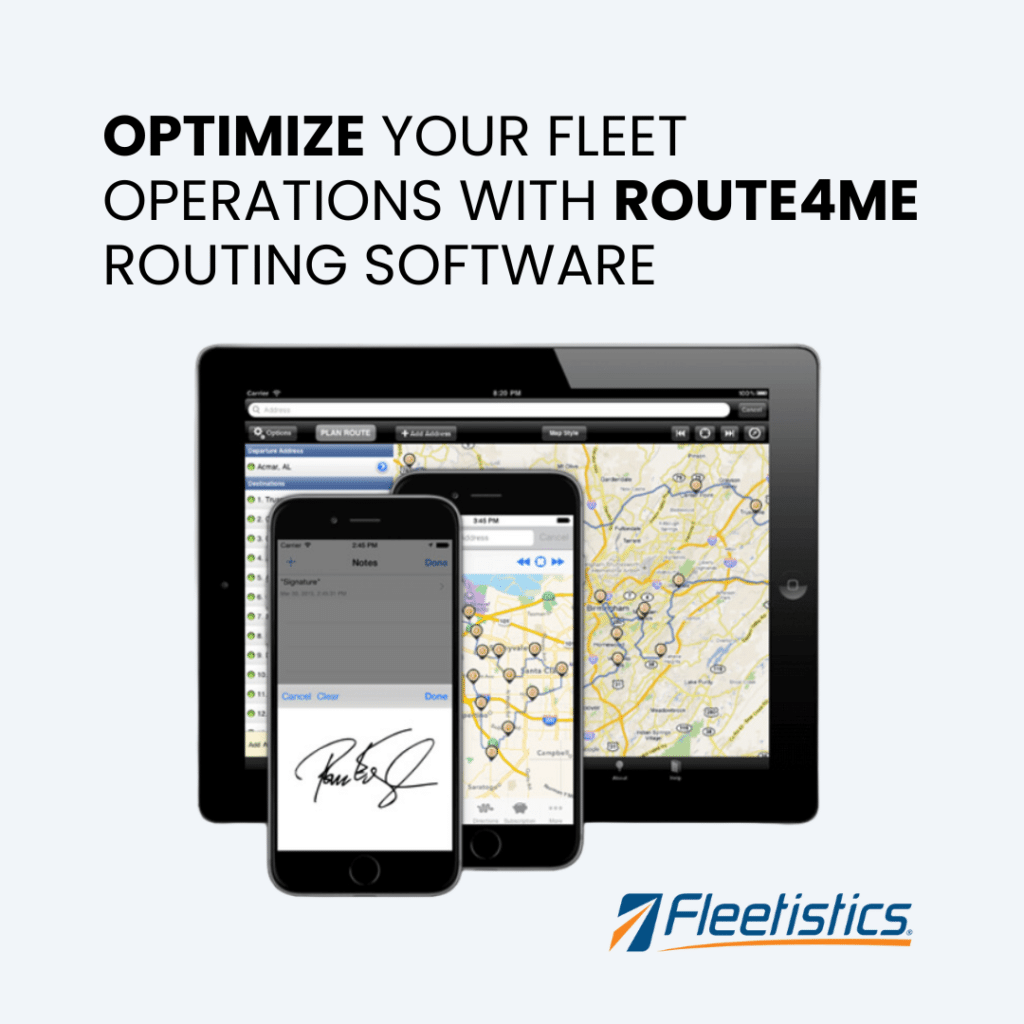Fleet electrification is fast becoming reality for the USPS. According to a recent article in PC Mag, The US Postal Service plans to buy 66,000 electric delivery vehicles by 2028, with a target of acquiring only EVs after 2026, representing an investment of $9.6 billion in vehicles and infrastructure.
Effects of Fleet Electrification to Consider
This ambitious plan for the largest fleet in the federal government will no doubt cause both mailing and shipping rates to continue to skyrocket, placing the financial burden on the American consumer. It also sets the bar high for other government agencies whose revenue comes from taxes to follow suit with plans for their own fleet electrification.
One must also ask, how is the USPS applying this fleet electrification initiative to employee and subcontractors’ vehicles. In rural communities, where there is minimal charging infrastructure, mail is delivered by vehicles not owned by the USPS. In these areas, will they still allow employees and subcontractors to use internal combustion engines, or will they force them to convert to EVs? That would increase employee and subcontractor costs and may negatively impact service levels in rural communities.
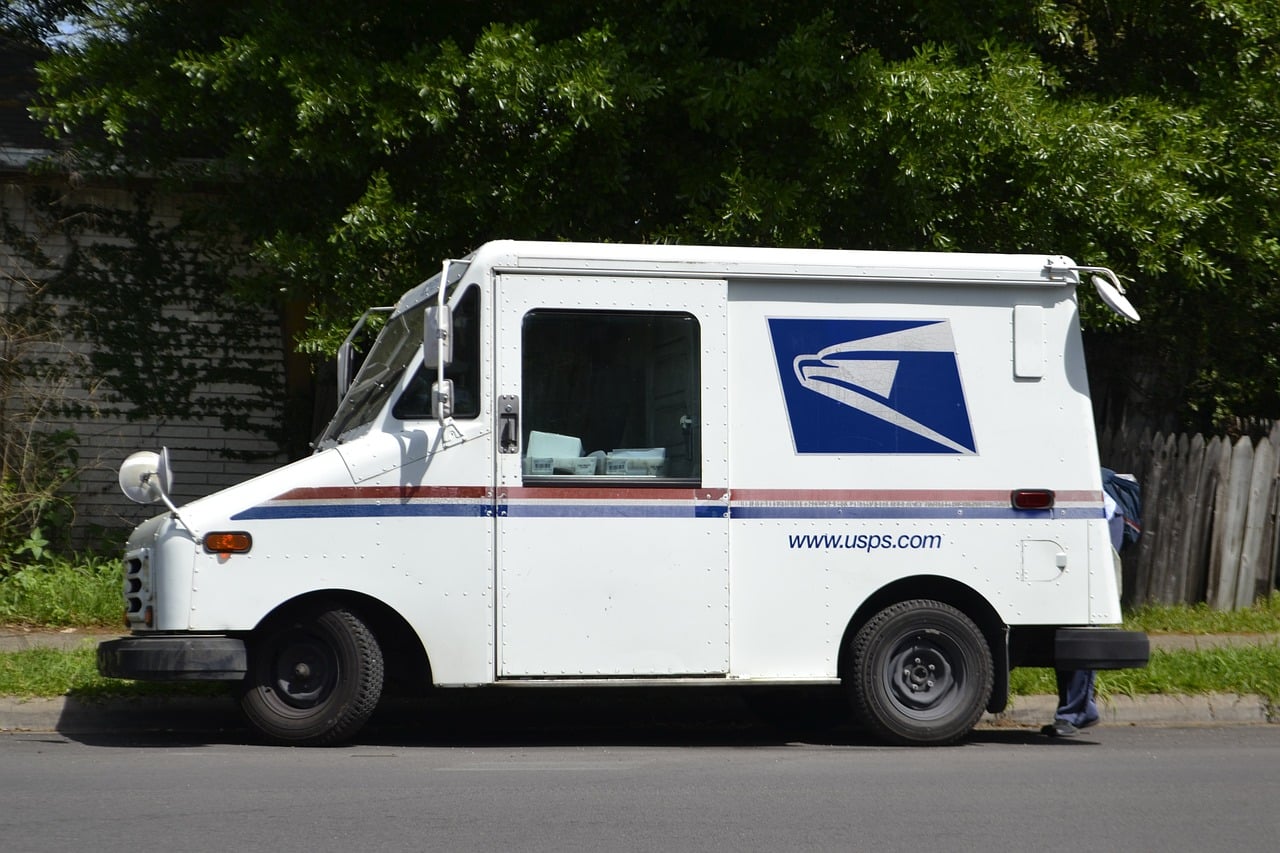
Fleet Electrification Concerns
In previous posts we have explored some specific issues of EV sustainability and safety that make us wonder if the USPS is rushing blindly into a project that could have a crippling effect on the agency and their budget. The USPS will have to spend a massive amount on new vehicles and also add the charging infrastructure to every EV fleet location.
Infrastructure is likely to cost more than the vehicles in some locations since new and larger power lines must be brought to each facility to manage the nightly charging load. Many issues like how to dispose of EV batteries have still not been fully addressed, and some are asking if we are just trading one environmental crisis for another.
One popular EV manufacturer recently recalled 111,000 vehicles over issues related to fire risk. Emergency responders have a fresh learning curve to address with each new type and generation of EV battery, and firefighters need new tools and training to combat the specific risks and challenges when EVs catch fire after a collision. Those new tools will also need to be vetted for their cost and environmental impact.
Hopefully the government will not shortcut in depth feasibility studies to determine if they are “cutting off their nose to spite their face”. Consumers feeling the pinch of rising postal rates may opt for electronic communications and bill pay over traditional mail. That would leave the USPS primarily handling packages in a very competitive commercial arena. Will they be able to compete with FedEx, UPS, DHL, and other carriers, or will they lose business and find themselves with a huge fleet of unneeded, unused special purpose EVs and an overall loss in revenue?

Thankfully, fleet electrification is not the only vehicle initiative being undertaken by the USPS. The USPS fleet has more than 230,000 vehicles in every class, including commercial-off-the-shelf vehicles. Approximately 190,000 deliver mail six, and often seven, days a week. 66,000 EVs would only account for a little over a quarter of the total USPS Fleet.
Other Forms of Fleet Modernization
In February of 2021 it was reported that the Postal Service had awarded a 10-year contract to Oshkosh defense to “manufacture a new generation of U.S.-built delivery vehicles”. That contract for next generation delivery vehicles may include a variety of alternate technologies to address fuel efficiency, driver efficiency, and safety. What is learned and developed from that project could ultimately be applied to other industries and services.
We all want a cleaner environment, but ultimately, fleet electrification may not be the final solution. Hydrogen, biofuels, synthetic fuels, and natural gas should not be taken out of consideration at this stage of the game.

